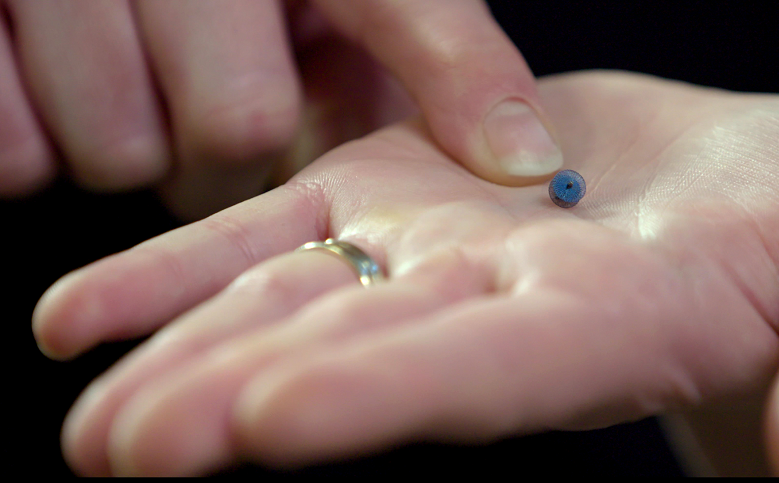FDA Approves Pea-Sized Occluder for Patent Ductus Arteriosus in Premature Babies
The device for hemodynamically significant PDA can be implanted in newborns weighing as little as 2 pounds.

The US Food and Drug Administration has cleared the smallest occlusion device to date for the treatment of symptomatic patent ductus arteriosus (PDA) in premature infants, device manufacturer Abbott announced today.
In a press release, the company said the self-expanding, wire-mesh Amplatzer Piccolo Occluder, which can be delivered percutaneously to the aortic or pulmonary artery, “now offers hope to premature infants and newborns who need corrective treatment, and who may be nonresponsive to medical management and high risk to undergo corrective surgery.”

The device, measuring 3 mm by 2 mm, can be retrieved and redeployed for optimal placement. It is approved for use in babies aged more than 3 days old weighing more than 700 grams at the time of the procedure, and it is the first and only minimally invasive, transcatheter therapy approved for premature babies with PDA.
Amplatzer Piccolo’s approval was supported by data from the nonrandomized, open-label ADO II AS trial evaluating the device in the treatment of 50 babies at eight centers in the United States. Abbott said a continued access protocol involving 150 additional patients further supports the safety and efficacy of the Piccolo device.
There are other PDA devices on the market, but access and device size require that the patient be a certain size. PDA, however, is one of the most common congenital defects in premature babies, Abbott notes, and of the approximately 60,000 low birth weight infants born in the US each year, one in five will have a life-threatening, hemodynamically significant PDA.
L.A. McKeown is a Senior Medical Journalist for TCTMD, the Section Editor of CV Team Forum, and Senior Medical…
Read Full BioSources
Abbott. FDA approves world's first device for treatment of premature babies and newborns with an opening in their hearts (a common congenital defect). Published on: January 14, 2019. Accessed on: January 14, 2019.


Comments